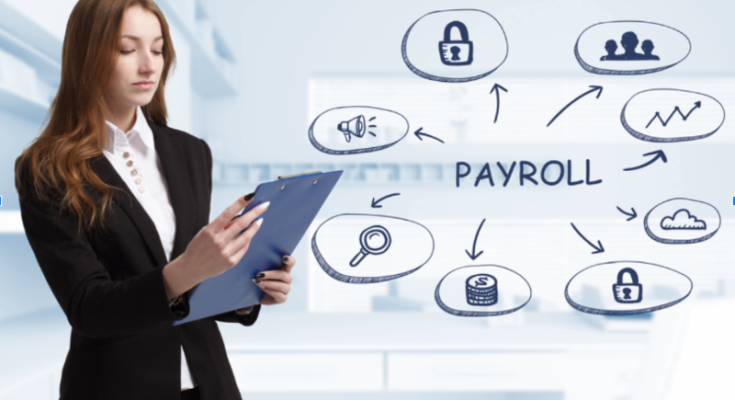As businesses grow in size, managing payroll becomes a more intricate and time-consuming task. To streamline payroll processes, it is vital to establish a comprehensive payroll management system that can handle the demands of a larger organization.
This article provides an overview of the key components of a robust payroll infrastructure and offers practical tips on how to implement a payroll management system that can scale with the business.
What is Payroll Software?
Payroll software is a type of computer program designed to help businesses manage their employee compensation processes, including calculating and processing employee paychecks, managing taxes and deductions, tracking employee hours worked, and generating reports.
It automates many of the manual and time-consuming tasks involved in the payroll management system, making the process more efficient and accurate. Payroll software can also integrate with other HR systems, such as time and attendance tracking and benefits administration, to provide a comprehensive solution for managing employee compensation.
Benefits of a Payroll Software
There are several benefits of using payroll software for managing employee compensation processes in a business, including:
- Time savings: Payroll software automates manual tasks such as calculating employee wages, processing tax deductions, and generating reports. This saves time and allows payroll administrators to focus on other important tasks.
- Accuracy: Payroll software can reduce errors in manual payroll processes, which can be costly for businesses. The software performs calculations and ensures that all payroll data is accurate.
- Compliance: Payroll software helps businesses comply with several local tax laws and regulations. It automatically calculates and withholds taxes and generates tax forms and reports, which can be a complex and time-consuming process when done manually.
- Transparency: Payroll software provides transparency in the payroll process, allowing employees to access their pay stubs, tax forms, and other payroll information.
- Cost savings: By reducing manual tasks and streamlining payroll processes, payroll software can help businesses save on labor costs and reduce the risk of costly errors.
How to implement a payroll management system?
Implementing a payroll management system can seem daunting, but with proper planning and execution, it can be a smooth and straightforward process. Here are some steps to follow when implementing a payroll management system:
- Define the payroll processes – Before implementing a payroll management system, it’s essential to define the current payroll processes and identify areas that need improvement. This includes tracking employee hours, calculating payroll taxes, and generating reports.
- Choose a software: After identifying the payroll processes, choose a software that fits the needs of the business. Consider factors such as cost, features, and integration with other HR systems.
- Set up the software: Set up the software according to business requirements. This includes inputting employee information, setting up pay periods, and configuring tax rates and deductions.
- Train the payroll team: Provide training to the payroll team on how to use the new software. This includes inputting employee information, processing payroll, and generating reports.
- Test the system: Before going live, test the payroll management system to ensure it works correctly. This includes running payroll for a few pay periods and generating reports.
- Go live: After testing the system and training the payroll team, it’s time to go live. Make sure that there is a backup plan in case of any issues.
- Monitor and maintain the system: Regularly monitor and maintain the payroll management system to ensure that it’s working correctly and fix any errors or bugs that may occur.
Wrapping up
Having payroll software can help organizations of all sizes. However, when choosing software, it’s important to consider the security measures it offers to protect sensitive employee information. Payroll software should have features like user permissions, two-factor authentication, and data encryption to prevent unauthorized access to employee data.
Additionally, businesses should regularly update their payroll software and perform security audits to ensure that the software remains secure and compliant with data privacy laws.




